Biological, stylistic, technical and seasonal features of the creation of a water garden. Options for decoration of water bodies.
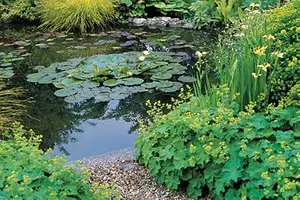
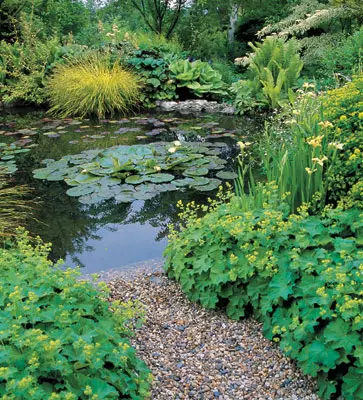
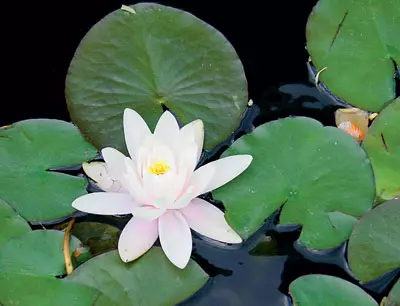
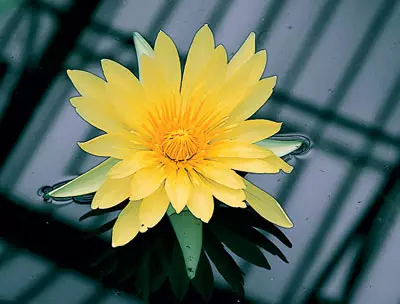
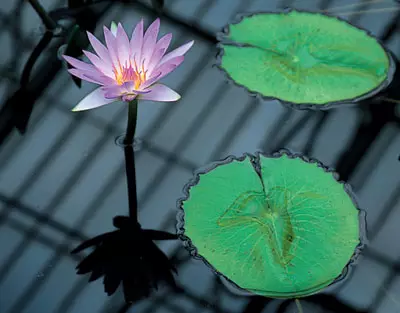
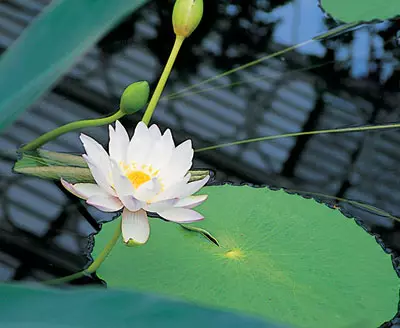
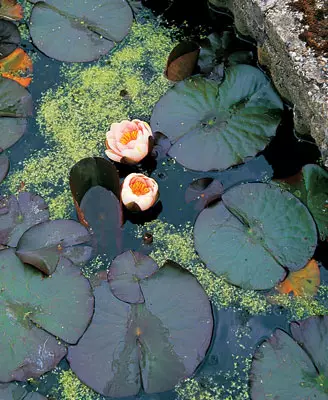
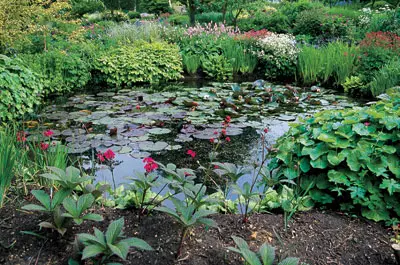
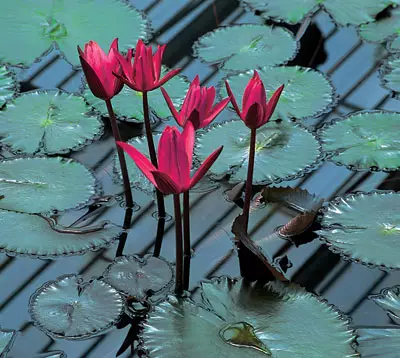
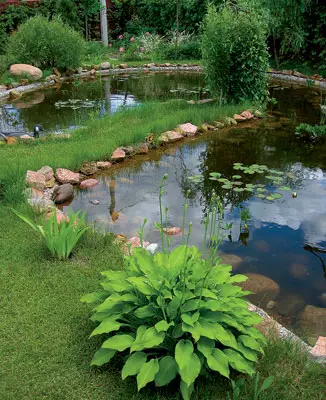
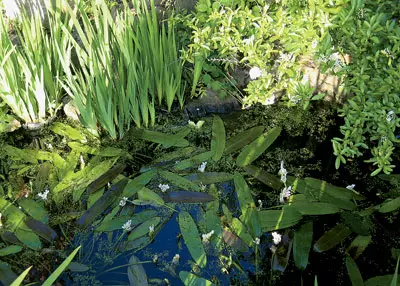
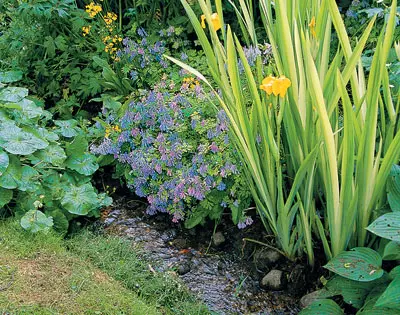
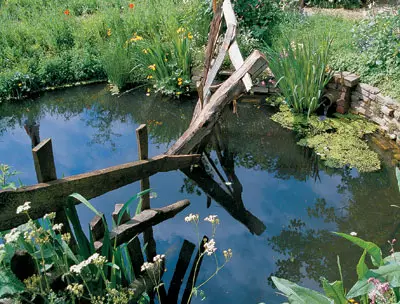
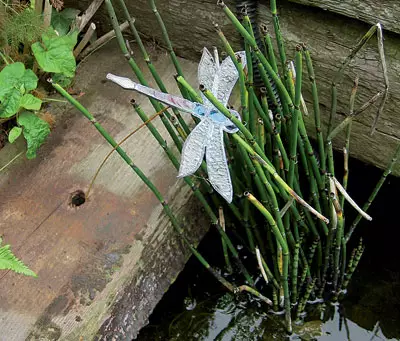
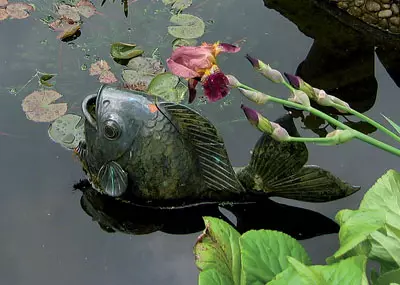
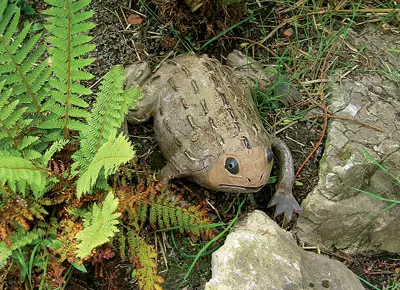
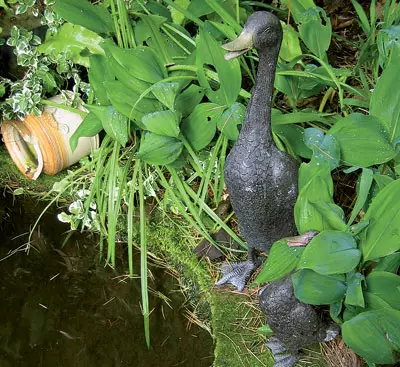
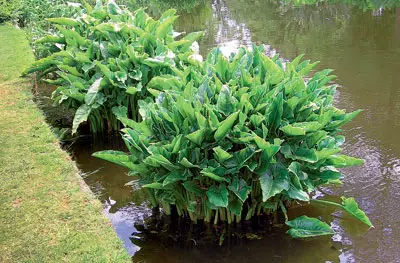
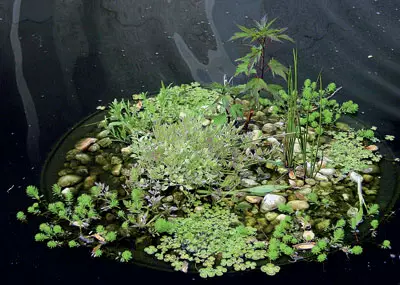
A. DUSURNENKOV
One of the most difficult questions is how and when to clean the water in the pond? Some install electric filters, others use chemical preparations or peat bags. The video of the pond is a closed self-tuned system
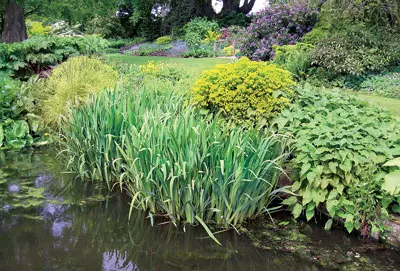
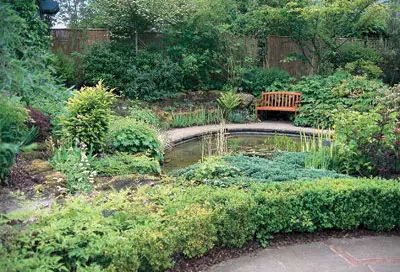
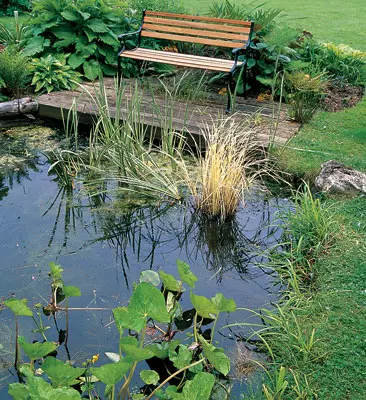
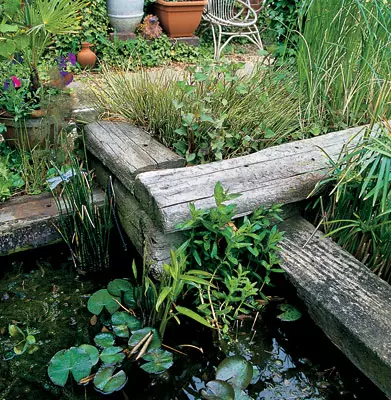
Water is the center of attraction in any garden. Next to it, we experience very special feelings: enjoy cool on a hot day, we watch the ripples at easy wind, we rest and calm down ... Probably, therefore, the water bodies are one of the most visited garden sites.
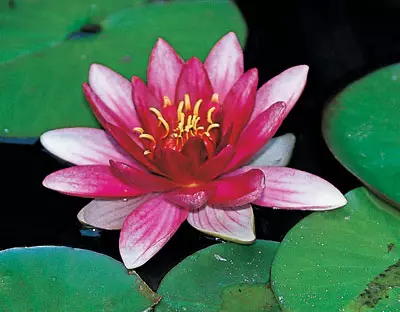
The concept is unusually extensive. Water gardens are created from different plants, living directly in water, as well as from those that live on the baked shores and wetlands. Elements of such a garden sometimes become different decorative objects: statues, fountains, islands, bridges, flooring. Even the water lily landed in the old wooden barrel laid out inside the waterproofing material and filled with water can proudly refer to a miniature water garden. It is easy to do from ... drainage ditch! During the flood, it is filled with thawed waters, and after they come down, begins to overcome herbs. Inesl to plant cultural plants here: forget-me-not, cuffs, but on the edge of the center, a swimsuit and, for example, Iris Siberian, - a garden in contrasting yellow-blue flowers. The most gracious "canvas" for landscape designers. Watch water bodies make out gardens in any style using a wide variety of plants. Freeways you will find many books, the truth is mostly translated, therefore their authors do not always take into account the features of the Russian climate. We only reflect on the most important aspects faced by all the owners of water gardens.
Aspects of biological
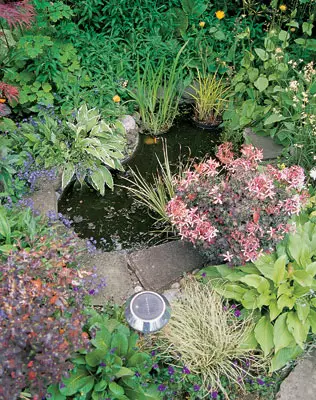
Plants used to create water gardens are divided into five groups depending on the zone of their growth. First group Deepive plants which are rooted at a depth of 0.4-1.2m. Their shoots (sometimes and the leaves) are growing under water, and only inflorescences are above it, although the pita (nymphy) is one of the most beautiful deep-water plants, and flowers and flowers are located above the water. There are many types of water lishes. The skellations of the middle strip of Russia are grown by a cold-resistant snow-white judgment (Nymphaea Candida) or various hybrid varieties: virginia with white flowers, odorata sulphurea- with bright yellow, rene gerard- with pink-red. For miniature ponds and water barrels, you can recommend the dwarf variety Lilacea with delicate pale pink flowers. Sweatshirts are better to place in standing water, away from fountains and waterfalls, in a sunny place. A row from the water lily (and this is exactly the leaves that have one common rhizome, can reach 1-1,5m in diameter) in hot summer days prevents water overheating.
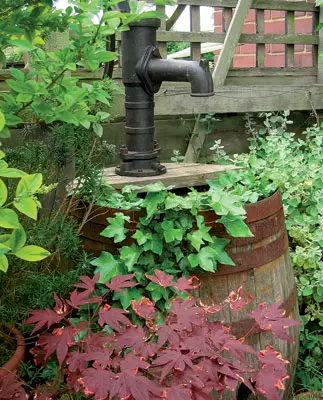
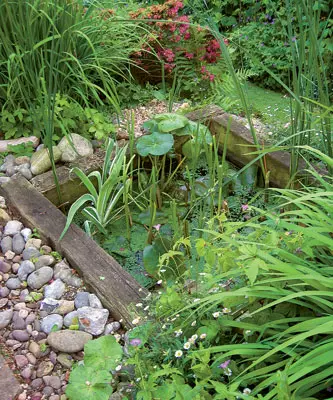
Third group Plants zone shallow water (Depth of rooting - 0.2-0.4 m). Unic roots and bases of stems are in the water, but the worst part of the shoots and leaves rises above it. This is a reed lake, reed, a narrow rogoz, iris aqueous.
Fourth group Plants of coastal shallow zone (rooted at a depth of 0.2-0.3 m). They decorated the shores of the reservoir, help make the transition from the edge of the sushi to water more natural and inconspicuous. There are a lot of them: AIR, Iris Swamp, forget-me-not, Extras, Pushiza, Rogoz, Ramysh, Roll, White, White Code. Many are well adapted to a changing level of water (in any reservoir level periodically fluctuates). It is only important that their roots are constantly in wet soil.
Representatives of the fifth group are the so-called marsh plants: various types of Lily, Fern, Badan, Hosts, Iris Siberian, Astilba Idr. They grow in a humid zone near the reservoir, where the soil never dries. Without much difficulties, irregular floodings are transferred, but long arid periods are destructive for them. Almost all aquatic plants grow quickly, so it is better to control this process by putting them in baskets or containers.
Film pond is, as a rule, a multi-tiered structure with a difficult bottom terrain. It is inhabited by a variety of plants, including:
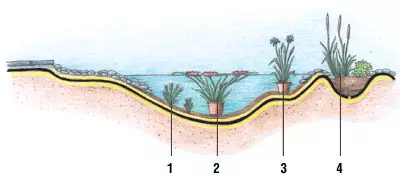
2-deep-water;
3- plants of the coastal zone of shallow water;
4- Swamp plants
The edges of the film overlooking the surface are customary to decorate (for example, with the help of pebbles). The soil is poured on the bottom not in all cases, but only when plants are planted without containers. Water in a pond, as a rule, is more muddy than in a reservoir, where on the bottom is only pebbles.
Aspects of stylistic
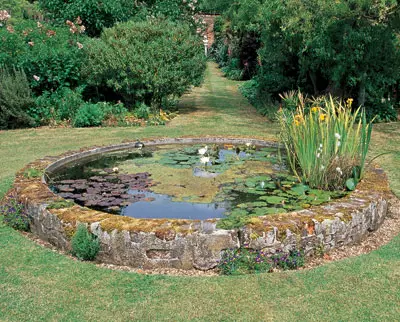
You can not notice a pond at first glance at first glance and is hiding in the thickets and opens the look of a man walking among trees and flowers, unexpectedly, like a miracle. Soak reservoir, as it were, there are no clear contours at all, the form sometimes is barely guessed, especially if the coast denounced the coastal plants. The traveling landscape is dominated by the principle of asymmetry and reigns a romantic mood. It was quite appropriate for the rear of the roaster, the cream or fern, creating a feeling of isolation from peace, privacy and peace. In no less romantic, the pond will look, on the one hand, framed by descending to the water heams weeping. The benches next to them look abandoned, the sculptures are dilapidated, and the vases frightened moss. Similar "dilapidation" can be created and artificially, it gives the landscape water to the additional charm.
Aspects of technical
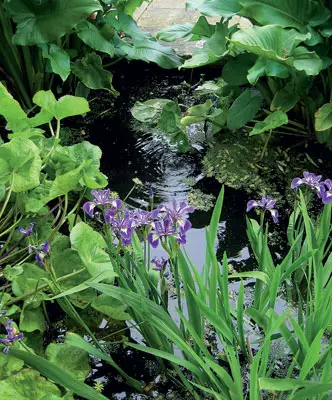
Widelles of the "film" pond - their concerns. First of all, the film is easily damaged. Forward, after the construction of a "film" reservoir, his edge may not look too attractive. They are most often decorated using gravel skewers or turf fixed on a special grid. An injury that adjoins the lawn, a smooth transition from water to land can be provided using MAs. Choosing a place for the reservoir, remember that the sun should light it at least 5-6 hours per day. It is important to choose the correct substrate correctly (its composition depends on the selected plant species), fill in the pond only with pure gravel and sand, to a large extent, the purity and quality of water will depend on it.
In the middle of a large reservoir, you can create islands, settle on them plants, as well as turtles and other amphibians. The dry island is designed as:
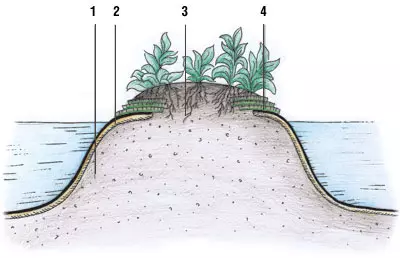
2- waterproof film;
3- "useful" fertile soil;
4- Inverted Turne
Aspects of seasonal
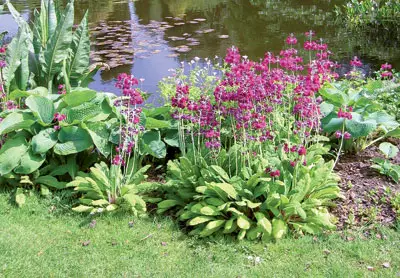
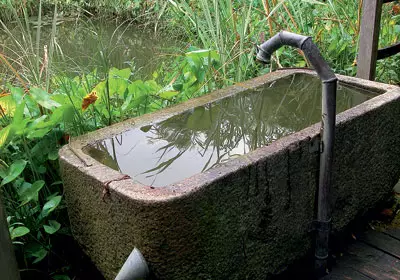
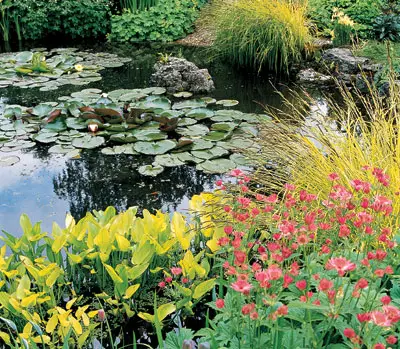
In the fall, the reservoir gradually becomes less or less decorative. Do not forget to delete the faded parts of the plants in a timely manner, collect foliage falling into the pond, so that it does not fall on the bottom. Of the small water bodies for the winter, water is usually drained, and large clean up for about once every three years, completely pumping water (it is best to do in August-early September). Nevoraro-resistant plants before the onset of frosts are transferred to cellars. Water lugs are better to winter at a depth of at least 1-1.2m or in the basement of the house.
Aspects practical
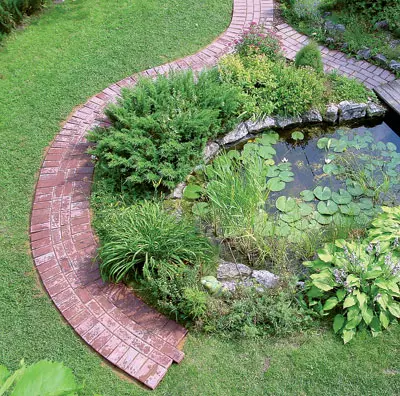
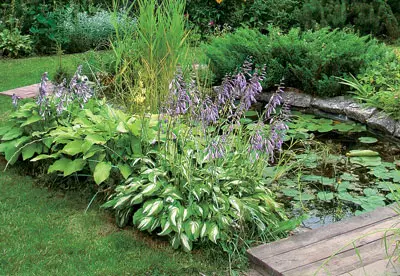
Water garden, created in the suburbs (landscape designers- Irina and Andrey Dussenkovy). All aquatic plants are planted in the lattice containers and are placed by tiers. Containers with shallow zone plants are installed on special sites and fellows, and containers with water lisms and cubes - on the bottom of the reservoir are thickly populated: white dealer, sussak umbrella, crack, rogue, and a cane, sitney, festivals are growing. The central part of the pond (its depth is about 1m) is covered with leaves of deep-water inhabitants, lugs, cubes, as well as a waterfront of frog and television. All aquatic plants are placed in baskets. The waters live a rogue and element that enrich oxygen pond. Hot summer landed water hyacinth, pleasing view of large blue flowers. Many plants were resettled from natural reservoirs, and together with them in the pond fell booms-booms, water meters, snails and even small fish. On the shore, near the stones, Badan, host, Astilba, Iris, Lily, forget-me-not, Juniper, Cossack and cypressive cyphans are growing.
Caring for an aquatic garden is easy and takes quite a bit of time. In the summer, it is necessary to periodically tighten the water into the pond and limit the growth of the too aggressive inhabitants of the Osks, immersed species of IDR. In the fall, all the green surface parts of the plants are removed, and the baskets with non-dimest water lisms are removed from the pond and enter the basement of the house (they are ideal for them to have low positive temperatures). The remaining plants of this garden are good in the middle of Russia.
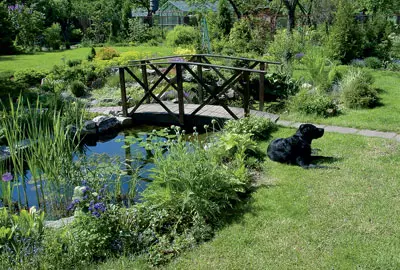
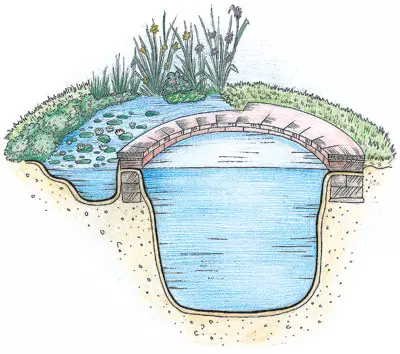
The editors thanks the company Ilbosco and Aqua-Design, as well as A.Dustenkov for help in the preparation of the material.
